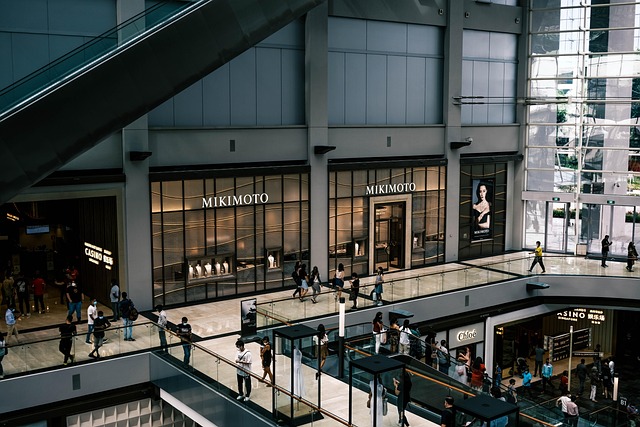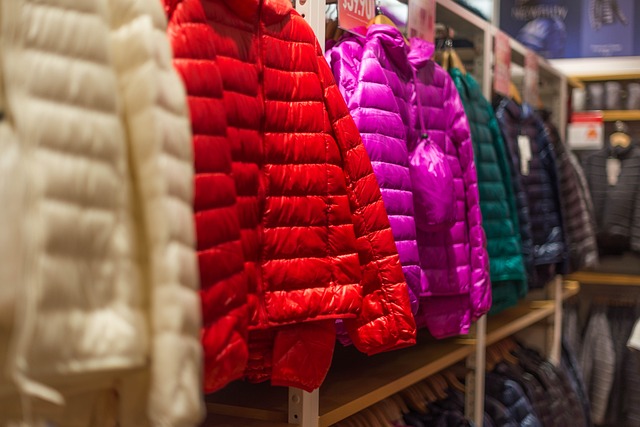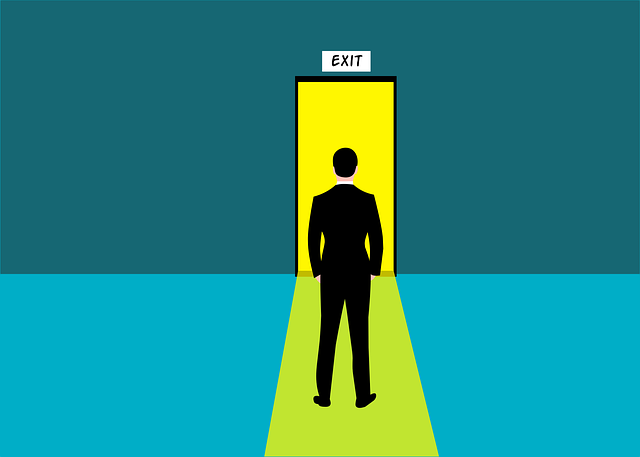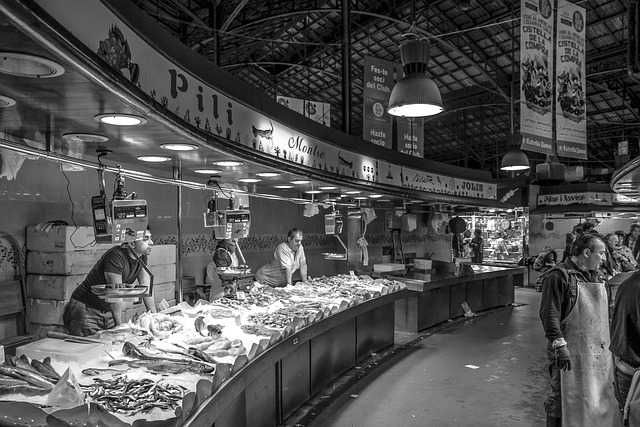Mixed-use real estate developments integrate retail, dining, and entertainment, creating vibrant hubs that attract diverse audiences and boost local economies. Strategic design, technology, and 24/7 accessibility drive these spaces' success, reshaping urban landscapes into engaging, multifunctional destinations. This trend promises to revolutionize city living by fostering community engagement and economic growth.
Mixed retail and entertainment concepts are transforming urban landscapes, blending shopping, dining, and leisure into vibrant, interconnected spaces. This trend presents a compelling opportunity for real estate developers to maximize foot traffic and create dynamic communities. In this article, we explore strategies from a real estate perspective, delve into hybrid design approaches, and discuss the future of mixed-use development, all while highlighting innovative ways to integrate retail and entertainment seamlessly.
Integrating Retail and Entertainment Spaces: A Real Estate Perspective

The integration of retail and entertainment spaces is a growing trend in real estate, reshaping urban landscapes. This fusion offers developers and investors unique opportunities to create vibrant hubs that cater to diverse consumer needs and desires. By combining shopping, dining, and leisure activities under one roof, these mixed-use concepts enhance the overall experience for visitors, fostering longer durations spent within the space.
From a real estate perspective, successful integration requires careful planning and strategic design. Developers must consider how to balance the flow of pedestrians between retail areas and entertainment venues, ensuring accessibility and comfort. The placement of amenities, such as seating areas or rest spots, becomes crucial in encouraging exploration and social interaction. Moreover, leveraging technology for digital signage and interactive experiences can further enrich the environment, making it more engaging and memorable for patrons.
Designing Hybrid Concepts for Maximized Foot Traffic

In the dynamic landscape of retail and entertainment, hybrid concepts are gaining traction, offering a unique opportunity to maximize foot traffic in real estate spaces. These innovative blends combine traditional shopping experiences with interactive attractions, entertainment hubs, or themed zones, creating an all-encompassing destination for diverse audiences. By integrating various activities under one roof, businesses can attract a broader customer base and foster longer durations on-site.
Designers play a pivotal role in crafting these hybrid spaces, ensuring seamless flows between retail, dining, and entertainment areas. Strategic layout planning, incorporating engaging architecture, and leveraging technology can create immersive experiences that draw people in and keep them engaged. This approach not only enhances customer satisfaction but also contributes to the success of mixed-use developments, driving foot traffic and economic growth within the surrounding community.
The Future of Mixed-Use Development in Urban Landscapes

The future of mixed-use development in urban landscapes is a dynamic and exciting evolution, reshaping how we interact with our surroundings. In today’s digital era, real estate is no longer just about standing structures; it’s about creating vibrant, integrated spaces that cater to diverse needs. Mixed retail and entertainment concepts are leading this charge, blurring the lines between shopping, dining, and leisure activities. This trend not only enhances urban living but also drives economic growth by fostering community engagement and attracting a wider range of visitors.
As cities continue to grow and evolve, developers are recognizing the value of designing multifunctional spaces that cater to various demographics. The integration of retail, entertainment, and residential areas creates 24/7 destinations, encouraging foot traffic and fostering a sense of community. This holistic approach to urban development promises to revolutionize the way we experience and interact with our cities, making them more livable, sustainable, and economically robust.






